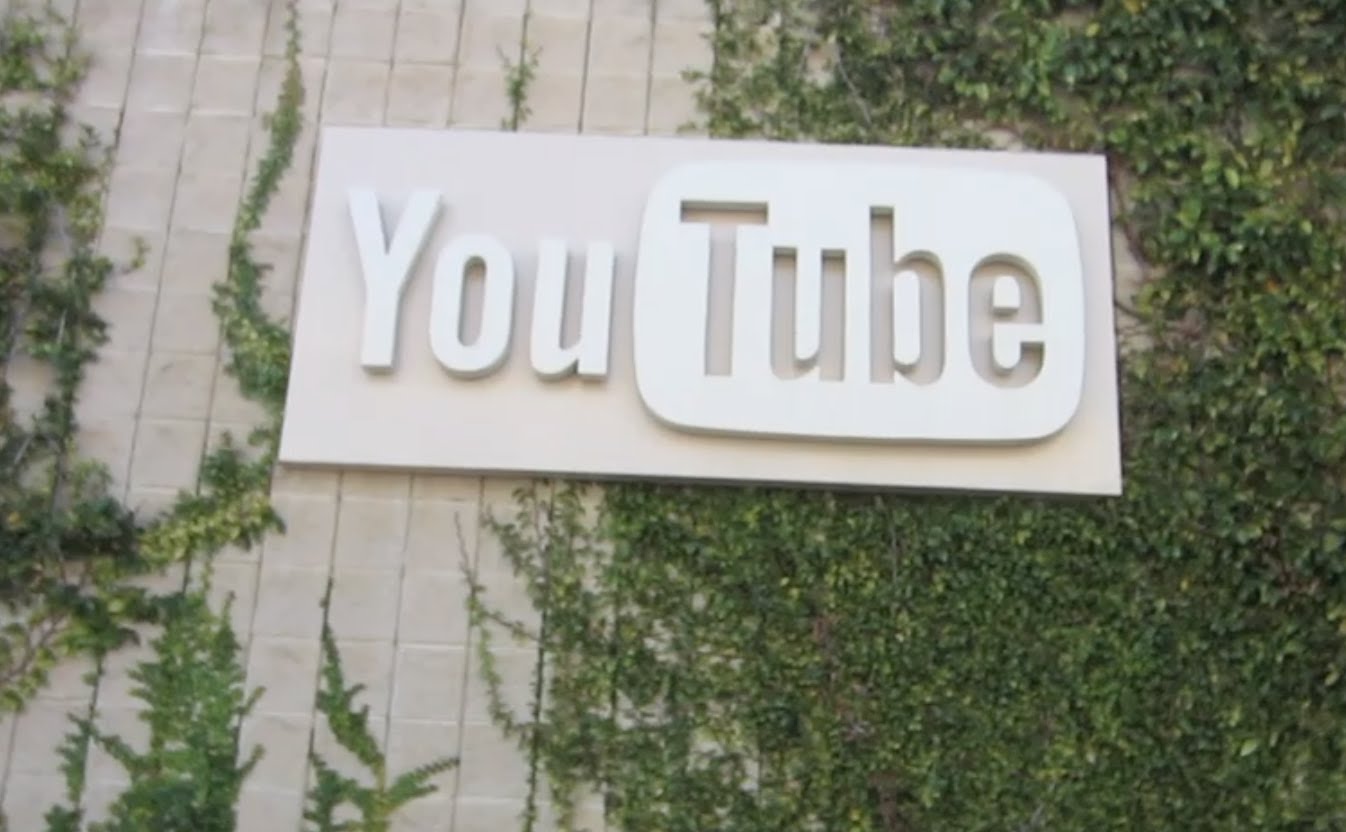Back in February, an article was posted in the London Times with reports that YouTube had placed an ad in a white supremacist video. Companies like Volkswagen and McDonald’s began to pull out in fear of this happening to them, and google, YouTube’s owner, was forced to regulate their already existing filters in an attempt to bring back these high paying precursors.
The way advertising works on YouTube is simple. When someone uploads a video they have the ability to monetize it, which means they are giving YouTube the permission to place ads on or before their upload. Whenever someone watches the video and the ad is played, the uploader will receive a cut, or about 45%, of the ad money. This is usually only about three cents, but when YouTuber’s are averaging five million views a video, there is serious money to be made. People have made their full time jobs hosting popular channels, and it has allowed the website that was originally created for online dating to become one of the most profitable on the internet.
Youtube already has computerized filters in place to make sure ads are not attached to videos containing offensive content, but when the advertisers began to flee, google decided that they needed to expand the reach of their filters to include subjects not previously covered instead of just strengthening what was already there. This is in the new advertising section of the terms and conditions, it states, “controversial or sensitive subjects and events, including war, political conflict, natural disasters and tragedies, even if graphic imagery is not shown” are “inappropriate for advertising.” This is a problem for some of those people who are paying their bills in large part to youtube.
Take, for example, the channel China Uncensored. They’re mission is to shed light on controversial things the chinese government hides, like killing prisoners for their organs, and arresting people who practice yoga to then kill them for their organs. But with these new regulations, China Uncensored went from generating $1.95 per 1,000 views to just $0.14. This means their host, a man named Chris Chappel, no longer has the money to pay his team. And in a video released May 12, he said that if this “ad-pocalypse” continues, China Uncensored will be forced to shut down.
They are not the only ones. Kyle Kulinski, host of the political channel Secular Talk is dealing with a simular problem. On his show topics such as Syria and Marijuana are frequently discussed. But because of youtube’s new ad regulations, Mr. Kulinski’s videos are often denied monetization because of their controversiality.
Youtube’s approach to this has left some questioning whether or not this was all because of a single fault in the pre-existing sensors. This was not the first time an ad appeared on a controversial video. Right after the Super Bowl, Brooke Singman of Fox News wrote an article discussing that the same advertisements from Snickers, Budweiser, and Hyundai that had all just aired at the biggest football game of the year were now being played in front of ISIS recruiting videos. The videos were soon taken down, but no new regulations were added. Certain hosts, including Kyle Kulinski, believe that the new sensors were added to stop “new-media” from expanding. The Huffington post released an article at the end of 2015 which showed the number of views each news network had online. Number One was The Young Turks Network, a liberal group which almost triples the amount of views received by CNN on a monthly basis. Kyle Kulinski’s show, Secular Talk, was at number five on the list. This means he also beats CNN in the key demographic. Because of these statistics, people like Kulinski the suspicion to think that this whole “ad-pocalypse” is a last gamble by the large corporations to save cable news.
Sources:
youTube.com
Blog Talk Radio (The Kyle Kulinski Show)
China Uncensored, youtube channel
